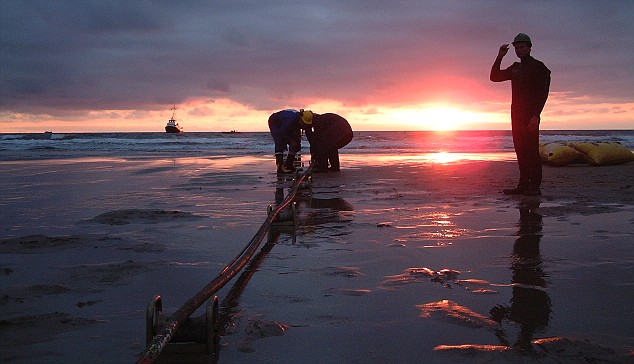The World Bank has pledged $500 million to Nigeria’s ambitious 90,000km fibre optic project by Q3 2025. This contribution, while significant, covers only part of the $3.2 billion required for the project.
On Tuesday, the US signed a $2 million grant. At the same time, a coalition of development finance institutions (DFIs), including the Islamic Development Bank and the African Development Bank, have also expressed financial commitment.
Since taking office, Minister of Communications, Technology, and Innovation Bosun Tijani has prioritised building a national fibre backbone to extend high-speed internet access, particularly to underserved rural areas. Expanding the network to 125,000km would address longstanding infrastructure gaps and improve digital connectivity across the country.
The ministry has continued attracting financial backers, showing growing confidence in the ambitious fibre project. However, these pledges remain theoretical. Without solid proof-of-work, it could stall momentum.
Another key area Minister Tijani still has to address is the fragmented state policies around the implementation of the backbone project, as well as the alignment of telcos, government, and other parties involved.
The funding commitments are a progressive sign, but whether Nigeria and Minster Tijani can reach their goals will depend on resolving these micro issues. Given the funding momentum, it is hard to bet against the success of the project—but not necessarily on the time it would take for Nigeria to achieve this.
Initially a two-year project, it now seems the minister has conceded that the 90,000km backbone project will take longer than planned. According to Minister Tijani, trenching will begin by Q3 2025 to deploy the fibre project by 2031.
Is this still a long shot? We will have to wait and see










